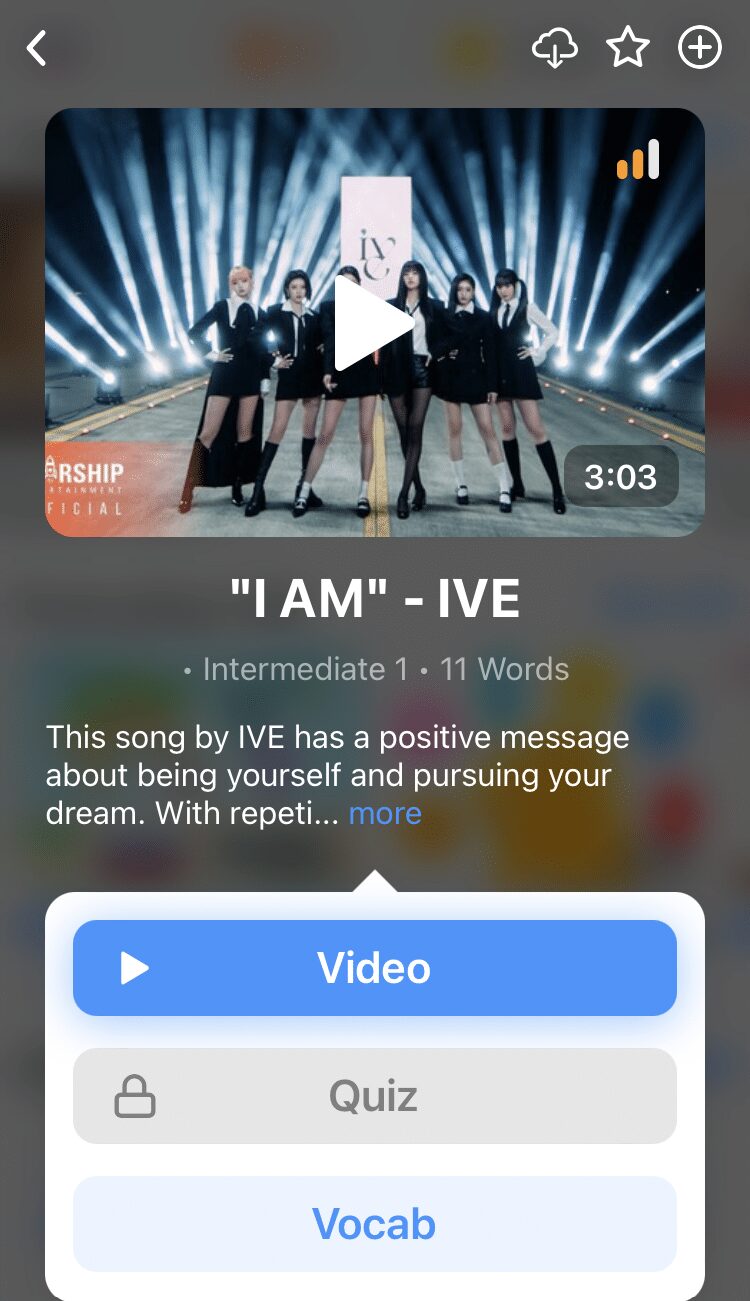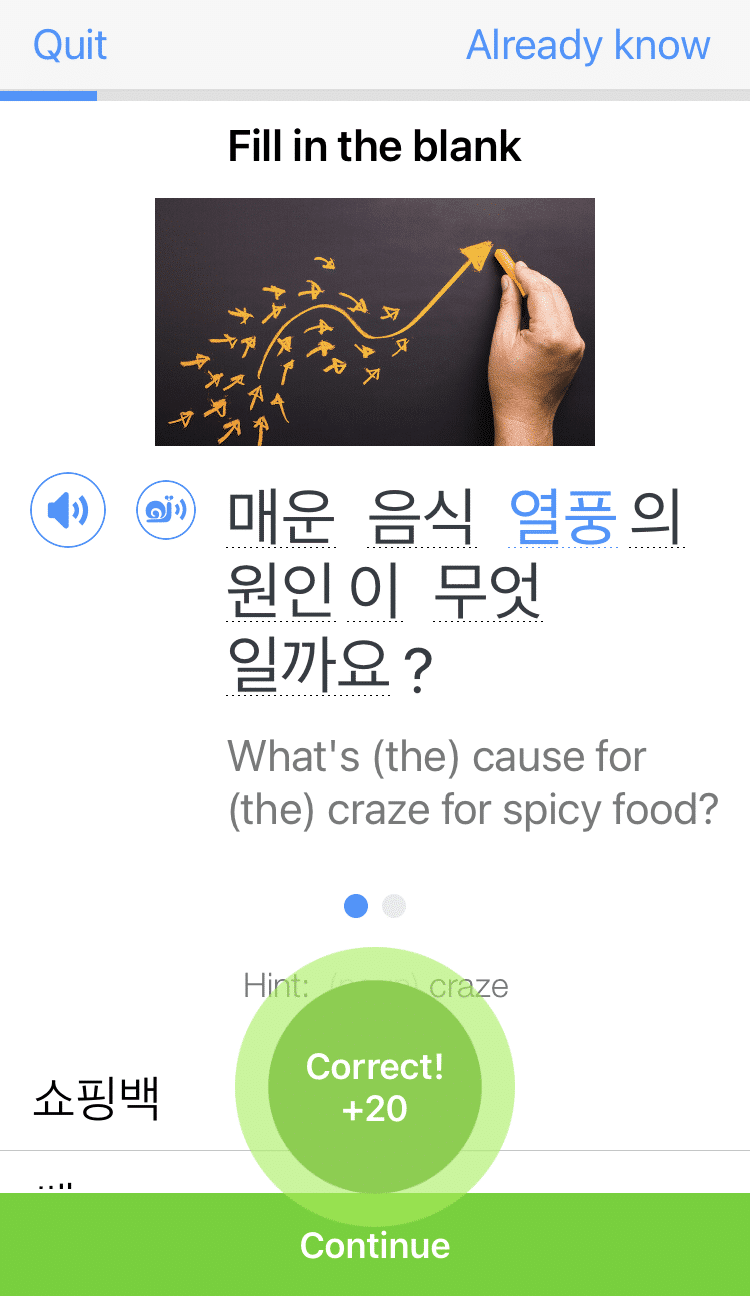An Introduction to Korean Punctuation

The Korean word for punctuation is 문장 부호 .
It’s a critical part of written Korean communication, but the good news is, Korean punctuation rules are almost entirely the same as the English rules.
Here’s a quick and easy breakdown of modern Korean punctuation, plus some extra info on a few of its unique features.
Download: This blog post is available as a convenient and portable PDF that you can take anywhere. Click here to get a copy. (Download)
Korean Punctuation Marks
마침표 — Period (.)
Use a period to end a phrase or sentence. A period can also be used to end direct quotes.
나는 학교에 갔다. — I went to school.
And in Korean, periods are frequently used to write out numerical dates (similar to the slash in English).
날짜는 2020.10.04입니다. — The date is April 10, 2020.
줄임표 — Ellipsis (…)
Use the ellipsis to indicate that there’s a sustained pause in speech, or to indicate that speech is fading or trailing off.
아… 그게 사실인가요? — Oh…is that true?
쉼표 — Comma (,)
As in English, the comma can be used for multiple functions. Commas can separate items in a list, like this:
사과, 배, 포도가 필요해요. — I need apples, pears and grapes.
A comma can also break a sentence into separate clauses, or indicate a very brief pause in speech, like this:
네, 가게에 갈 거예요. — Yes, I am going to the store.
Unlike English, the comma is not typically placed within quotation marks encapsulating speech (more detail on this later).
물음표 — Question Mark (?)
Use the question mark to denote a question. If a Korean sentence consists of multiple questions, only one question mark is allowed at the very end of the sentence.
약속이 언제예요? — When is your appointment?
밥을 먹어야 할까, 라면을 먹어야 할까? — Should I eat rice, or should I eat ramen?
느낌표 — Exclamation Point (!)
Use the exclamation point to express exaggerated emotion. It might be surprise, anger, delight or disgust, for example.
저리 가! — Go away!
정말 멋지네요! — That’s awesome!
따옴표 — Quotation Marks (“ ”/ ‘ ’)
Double quotation marks are more specifically called 큰 따옴표 . They’re used to mark quotes and verbal speech, as in:
“안녕하세요.” 할머니가 말씀하셨어요. — “Hello,” my grandmother said.
Single quotation marks are called 작은 따옴표 and are used to mark a quoted phrase within a quote, or to suggest thoughts and other speech not directly spoken.
소년은 ‘자고 싶다.’라고 생각했다. — ‘I want to sleep,’ the boy thought.
Remember: In Korean, the period (not the comma) is used to end quotes within quotation marks.
소괄호 — Parentheses (( ))
Use parentheses to enclose supporting information or explanations, such as additional notes, translations, clarifications and so forth. In Korean, no space is required before or after parentheses.
뉴욕시(New York City)는 너무 크다. — New York City is too big.
쌍점 — Colon (:)
Use a colon to mark the introduction of a list or specific description. In Korean, a colon must have a space directly before and after it.
쇼핑 리스트 : 신발, 가방, 목걸이. — Shopping list: shoes, bag, necklace.
물결표 — Tilde (~)
Use the tilde to describe time spans or a distance from a Point A to Point B, as in:
서울 ~ 대구로 갑니다. — We are going from Seoul to Daegu.
The tilde is also commonly used in more casual, online speech to suggest exaggeration, emotive emphasis or the drawing-out of a syllable (especially to be cute).
좋은 하루 되시기를~ — Have a good day~
빗금 — Slash (/)
Use the slash to function as “per” or “by” for measurements, including those of speed, price, ingredient calculations and so on.
10,000원/시간입니다. — It’s 10,000 won per hour.
가운뎃점 — Middle Dot (ㆍ)
Use the middle dot to list out similar things, like you would use a comma or slash in English:
준비물로 도시락ㆍ공책ㆍ연필을 가지고 오세요. — Please bring a lunch, notebook and pencil.
The middle dote may also be used to write out important dates:
8·15 광복절 — August 15, National Liberation Day of Korea
Traditional Korean Punctuation
In traditional written Korean, punctuation actually wasn’t much of a thing!
Back then, the written script, known as 구결 , was primarily based on Chinese characters. They were written vertically, as opposed to horizontally. Symbolic marks were basically dots and boxes, used for correcting or aiding in reading comprehension.
For example, the symbol called 삭제부 (▯) indicated that a character should be removed. Another symbol called 역독점 (which resembled the middle dot) was used to mark character reading order.
When the Hangul alphabet was created in the 15th century to replace Chinese script, punctuation still wasn’t formally used.
The adoption of English punctuation in Korea took place around the end of the 19th century. As you can see, the specific purposes of each punctuation mark have mostly been retained…
Differences Between English and Korean Punctuation
…but there are still unique nuances to Korean punctuation that you wouldn’t find in English!
There are several I’ve already described above. Here’s a summary of the differences between English and Korean punctuation:
- The middle dot is a standard punctuation mark used in Korean, but not in formal written English.
- The tilde is commonly used in Korean text to indicate exaggeration, the dragging-out of a syllable or a tone of “cuteness.”
- In written Korean, the colon requires a space before and after it; this isn’t the case in English.
- Both the semicolon and apostrophe are rarely used in Korean text.
- The comma is not used very frequently in Korea.
- The guillemet, or 겹낫표 (『』), is used in North Korea to replace quotation marks in text.
To get a sense of these differences, and how Koreans use punctuation in general, read more in Korean!
Look for Korean books that match your language level (like graded readers or short stories) for more formal punctuation usage. More casual marks, like the tilde, can be found in Korean-language blogs, chat forums and other online spaces.
You may even see punctuation marks in the subtitles of your favorite Korean movies or K-dramas. With a language learning program like FluentU, for example, you can watch real Korean content with helpful tools that break down the language you see and hear.
FluentU takes authentic videos—like music videos, movie trailers, news and inspiring talks—and turns them into personalized language learning lessons.
You can try FluentU for free for 2 weeks. Check out the website or download the iOS app or Android app.
P.S. Click here to take advantage of our current sale! (Expires at the end of this month.)
The more you see Korean punctuation in use by natives, the easier it will be for you to understand the nuances of how to use those familiar marks in your new tongue.
Learning Korean grammar can be a struggle, but you shouldn’t have to worry too much about Korean punctuation.
Remember that the best way to familiarize yourself with punctuation is by reading and writing plenty of Korean.
Download: This blog post is available as a convenient and portable PDF that you can take anywhere. Click here to get a copy. (Download)
And One More Thing...
If you enjoyed this post, you're already halfway to having the time of your life learning Korean with FluentU!
FluentU makes it possible to learn with K-pop videos, funny commercials, entertaining web series and more. Just a quick look will give you an idea of the variety of FluentU videos on offer:

FluentU really takes the grunt work out of learning languages, leaving you with nothing but engaging, effective and efficient learning. It's already hand-picked the best videos for you (which are organized by level and topic), so all you have to do is simply choose any video that strikes your fancy to get started.
Each word in the interactive captions comes with a definition, audio, image, example sentences and more.

Access a complete interactive transcript of every video under the Dialogue tab, and easily review words and phrases from the video under Vocab.

You can use FluentU’s unique Quiz Mode to learn the vocabulary and phrases from the video through fun questions.

FluentU keeps track of what you're learning, and tells you exactly when it's time for review, giving you a 100% personalized experience.
Review sessions use video context to help embed the words in your memory.
Start using the FluentU website on your computer or tablet or, better yet, download the FluentU app from the iTunes or Google Play store. Click here to take advantage of our current sale! (Expires at the end of this month.)








